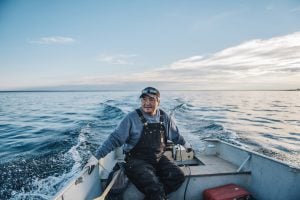
Environment
Inside the fight to protect the Arctic’s “Water Heart”
How the Sahtuto’ine Dene of Déline created the Tsá Tué Biosphere Reserve, the world’s first such UNESCO site managed by an Indigenous community
- 1693 words
- 7 minutes
This article is over 5 years old and may contain outdated information.
People & Culture

“In the Northwest Territories, we look at fur as an industry that provides local people with an income,” says Francois Rossouw, manager of fur marketing and traditional economy for the territorial government. That’s certainly true in Colville Lake, a tiny settlement about 745 kilometres northwest of Yellowknife. One of the most traditional First Nations communities in the territory, its economy relies mainly on trapping, hunting and fishing.
In October, trappers journey into the bush to set their line of quick-kill traps, a more humane way of trapping that the territory adopted in the mid-1990s. Come December, they collect their bounty and return to Colville Lake to prepare the fur for auction.
The furs are inspected, and each trapper is paid an advance per pelt — they receive more money after the auctions, which are held in January, February, May and June in North Bay, Ont., and Seattle. Meanwhile, Rossouw documents each pelt in a database, a record that helps ensure the harvest remains sustainable. “In our mind,” he says, “trappers are an endangered species, and we do our best to make sure they can still operate.”
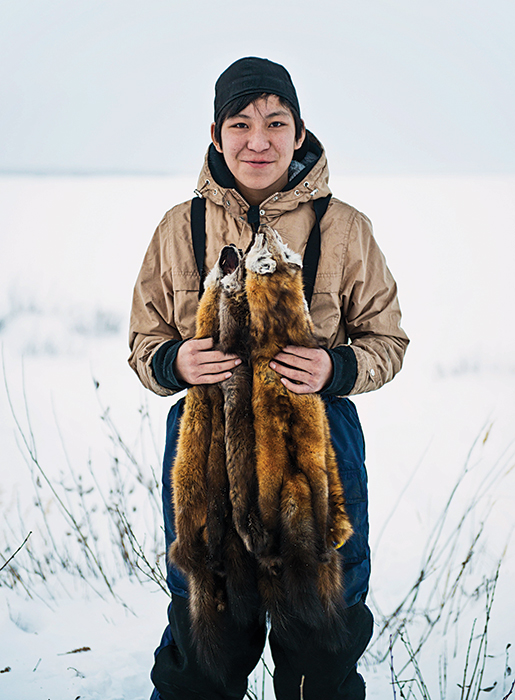

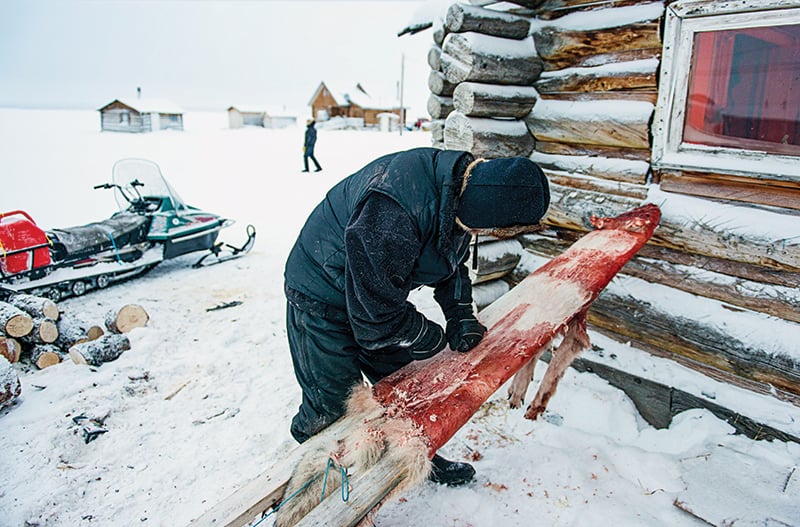





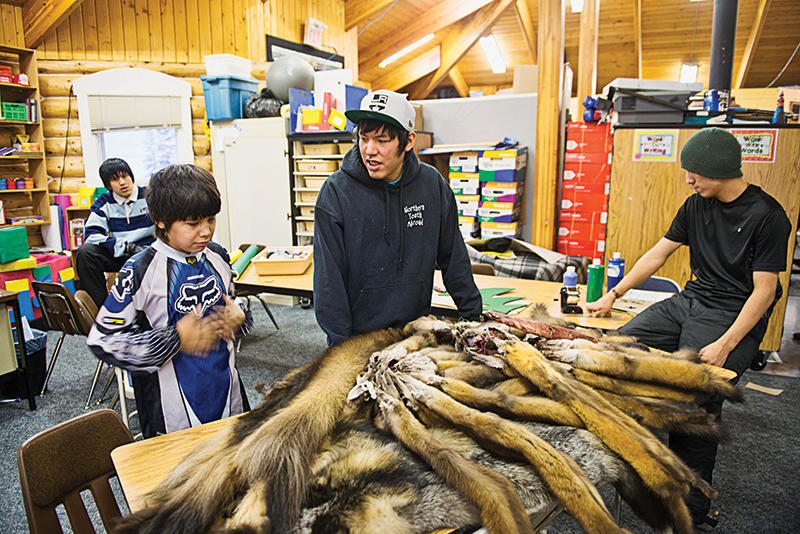



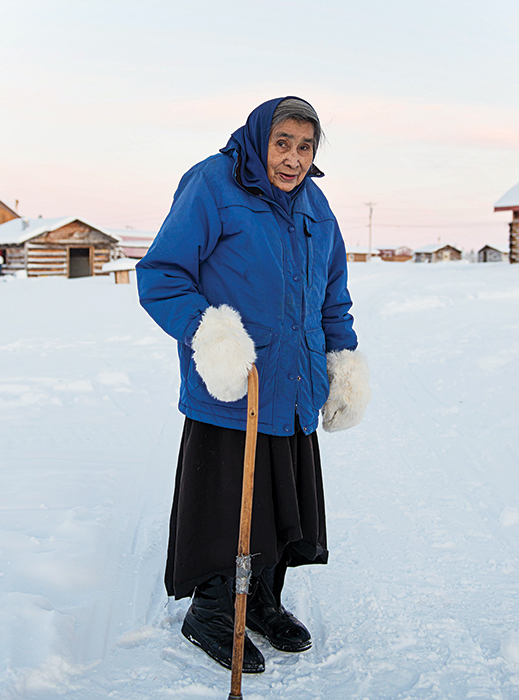





Are you passionate about Canadian geography?
You can support Canadian Geographic in 3 ways:

Environment
How the Sahtuto’ine Dene of Déline created the Tsá Tué Biosphere Reserve, the world’s first such UNESCO site managed by an Indigenous community
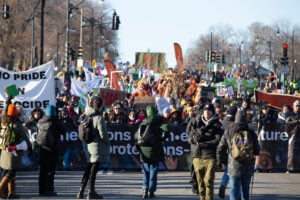
People & Culture
Indigenous knowledge allowed ecosystems to thrive for millennia — and now it’s finally being recognized as integral in solving the world’s biodiversity crisis. What part did it play in COP15?
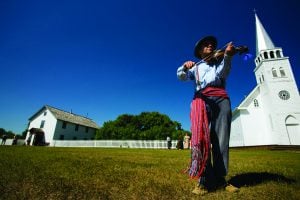
People & Culture
The story of how a critically endangered Indigenous language can be saved
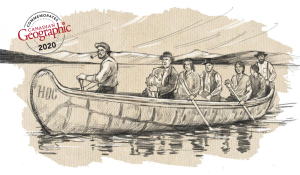
History
A look back at the early years of the 350-year-old institution that once claimed a vast portion of the globe